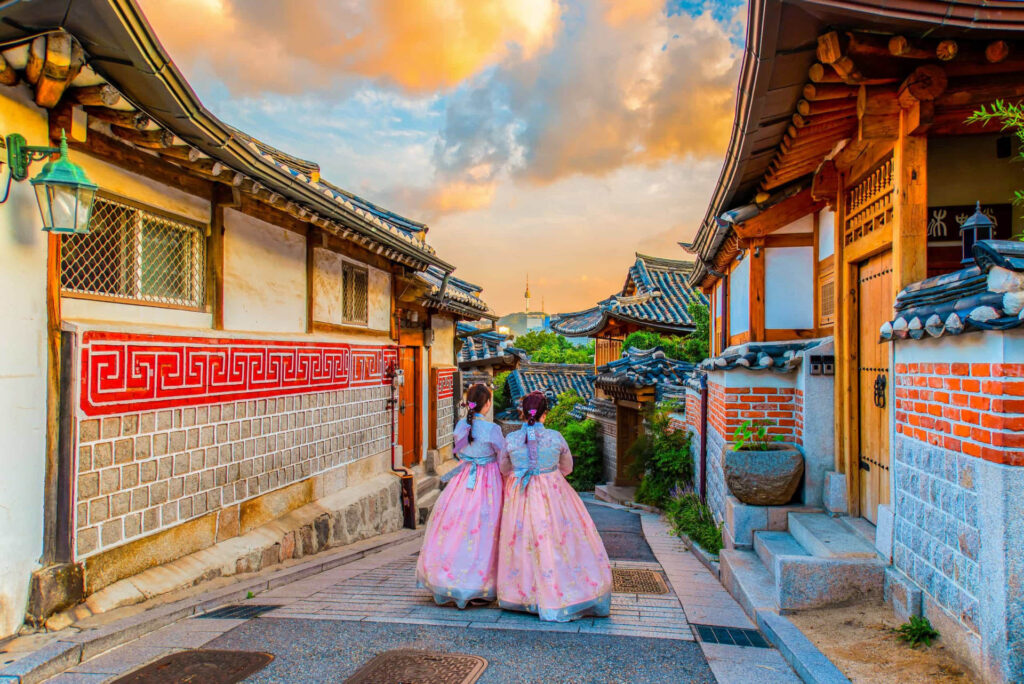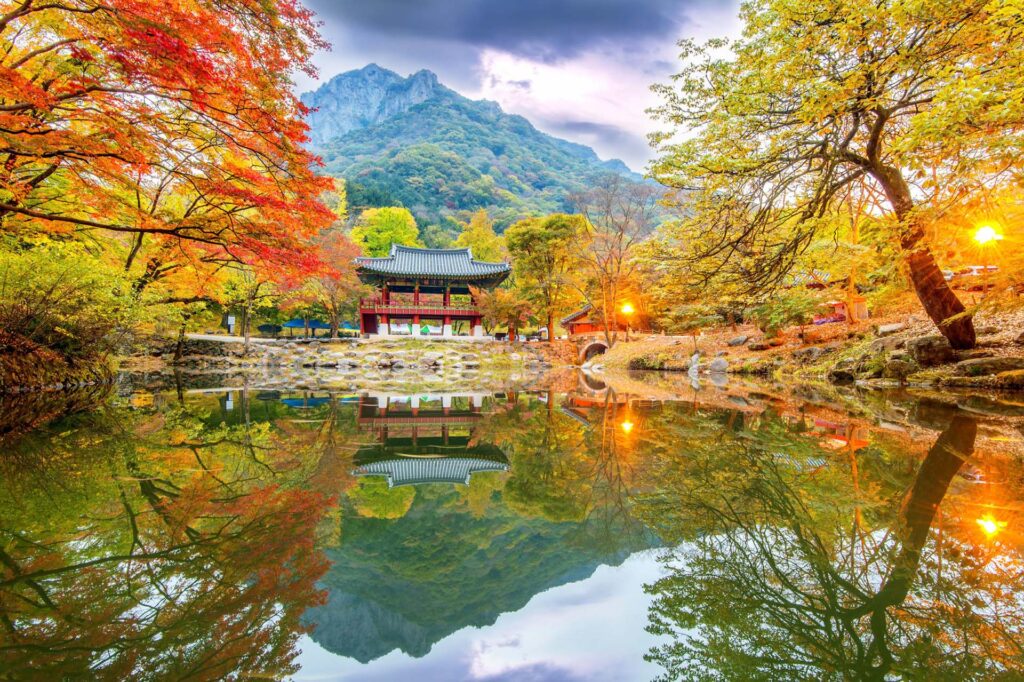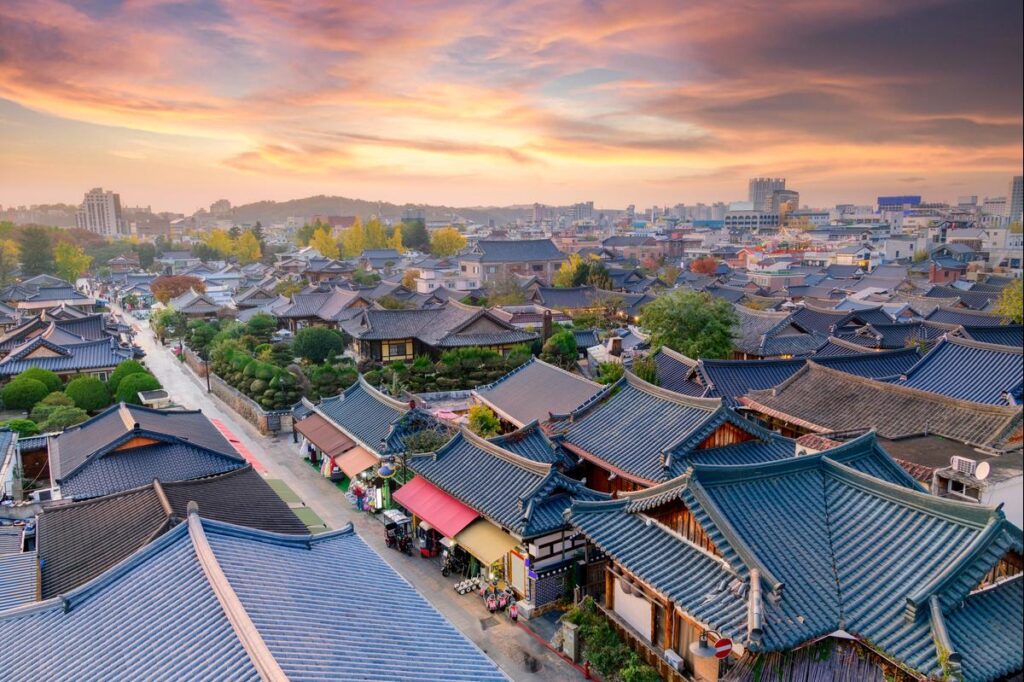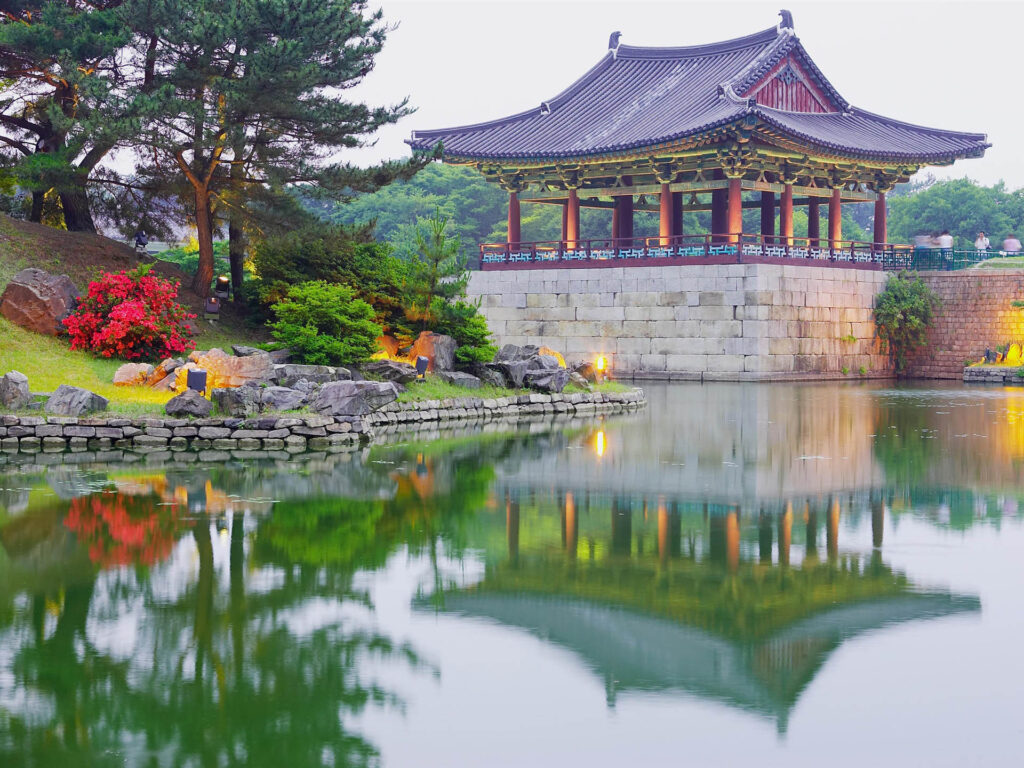Introducing the Shaolin Temple in China
Nestled in the scenic Songshan Mountains of Henan Province, China, the Shaolin Temple stands as a revered symbol of martial arts mastery and spiritual enlightenment. This ancient Buddhist monastery has captivated the imagination of people worldwide, its name synonymous with the legendary art of Kung Fu. Join us as we embark on a fascinating exploration of the Shaolin Temple, where history, culture, and combat merge into a breathtaking tapestry of wisdom and skill.
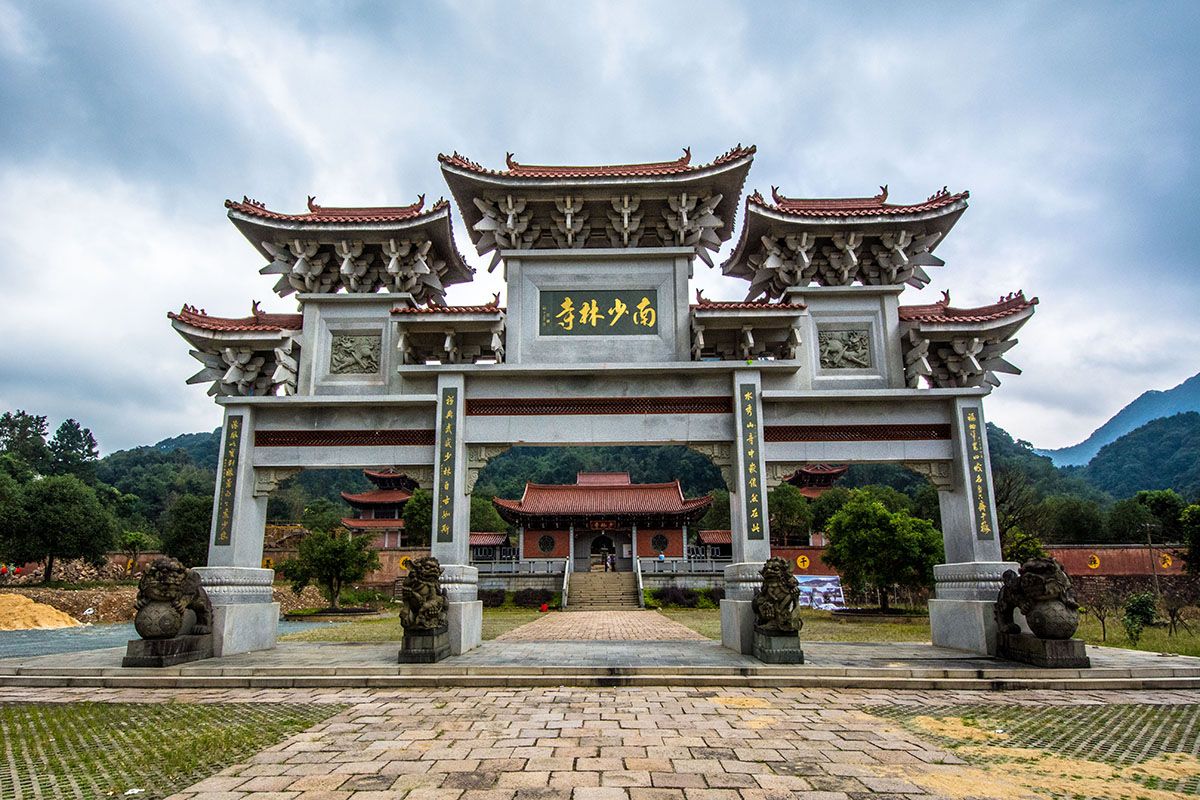
The Legendary Shaolin Temple: A Journey into the Heart of Kung Fu
A Brief History: From Humble Beginnings to Global Renown
The Roots of Shaolin
The origins of the Shaolin Temple can be traced back to the 5th century AD when an Indian Buddhist monk named Batuo, also known as Buddhabhadra, arrived in China during the Northern Wei Dynasty. He sought refuge in the remote Songshan Mountains and established a modest monastery, which would later become the cradle of Shaolin Kung Fu.
The Rise of Shaolin Kung Fu
Over the centuries, the Shaolin Temple evolved into a renowned center of Buddhist learning and martial arts training. The monks, faced with the challenges of defending themselves and their monastery, developed a unique system of unarmed combat known as Shaolin Kung Fu. This intricate blend of physical conditioning, meditation, and combat techniques became the foundation of countless martial arts styles that would eventually spread throughout China and beyond.
Turbulent Times and Resilience
The Shaolin Temple has weathered numerous challenges throughout its storied history, including periods of suppression, destruction, and rebirth. During the Qing Dynasty, the temple was burned to the ground, and its monks were forced to flee. However, the indomitable spirit of Shaolin prevailed, and the temple was eventually rebuilt, ensuring the preservation of its rich legacy.
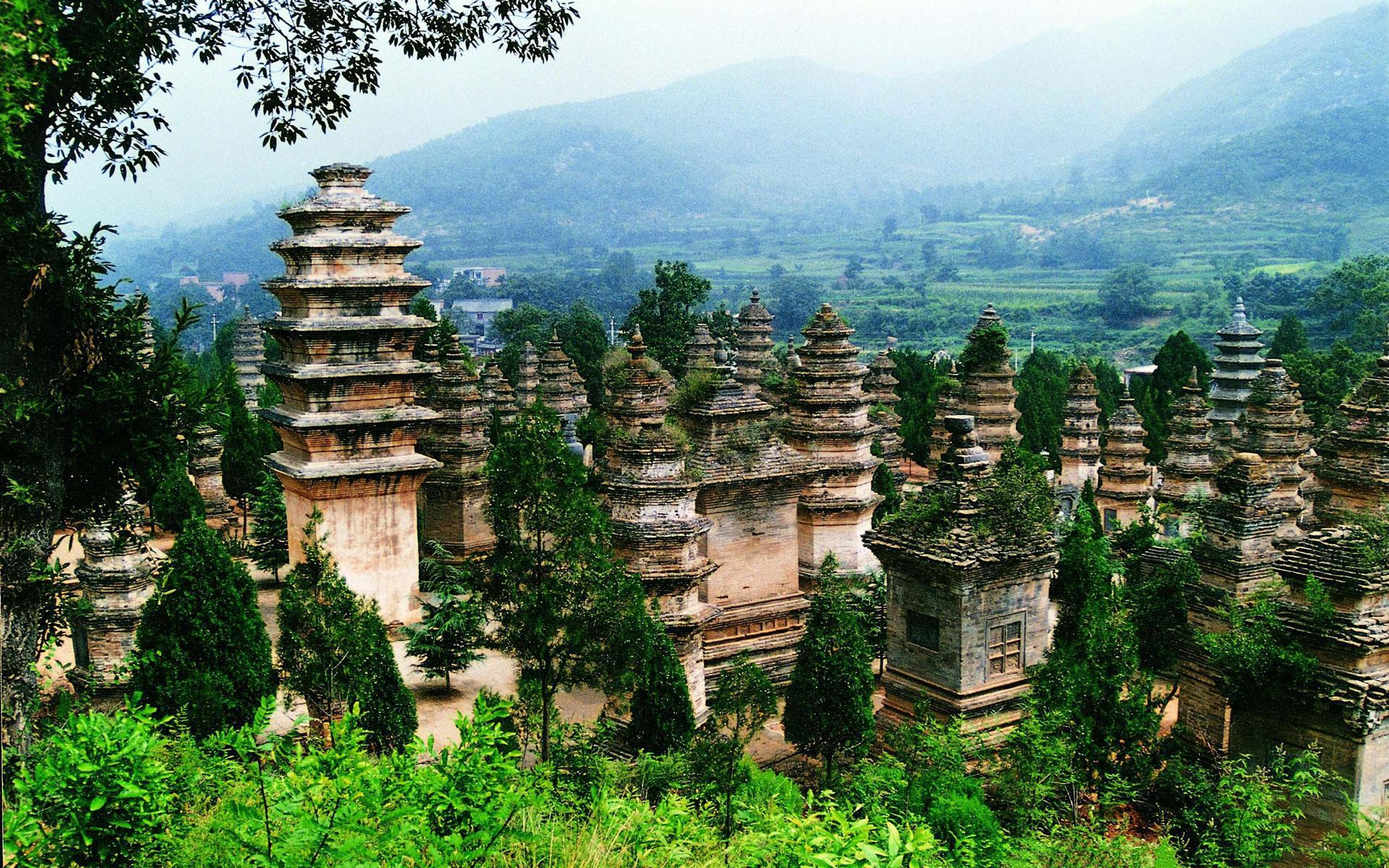
The Legendary Shaolin Temple: A Journey into the Heart of Kung Fu
The Architectural Wonder: A Masterpiece of Craftsmanship
The Scenic Surroundings
The Shaolin Temple is nestled in a picturesque valley, surrounded by the majestic Songshan Mountains. This serene natural setting has long been revered for its spiritual energy and tranquility, providing an ideal environment for meditation and self-cultivation.
The Temple Complex
The temple complex itself is a architectural marvel, featuring a harmonious blend of traditional Chinese architecture and Buddhist symbolism. The main halls, such as the Heavenly King Hall and the Mahavira Hall, are adorned with intricate wood carvings, vibrant frescoes, and imposing statues of Buddhist deities.
The Pagoda Forest
One of the most iconic landmarks of the Shaolin Temple is the Pagoda Forest, a serene area dotted with numerous pagodas of varying sizes and styles. These towering structures not only serve as memorials to revered monks but also offer stunning vantage points from which to take in the breathtaking mountain scenery.
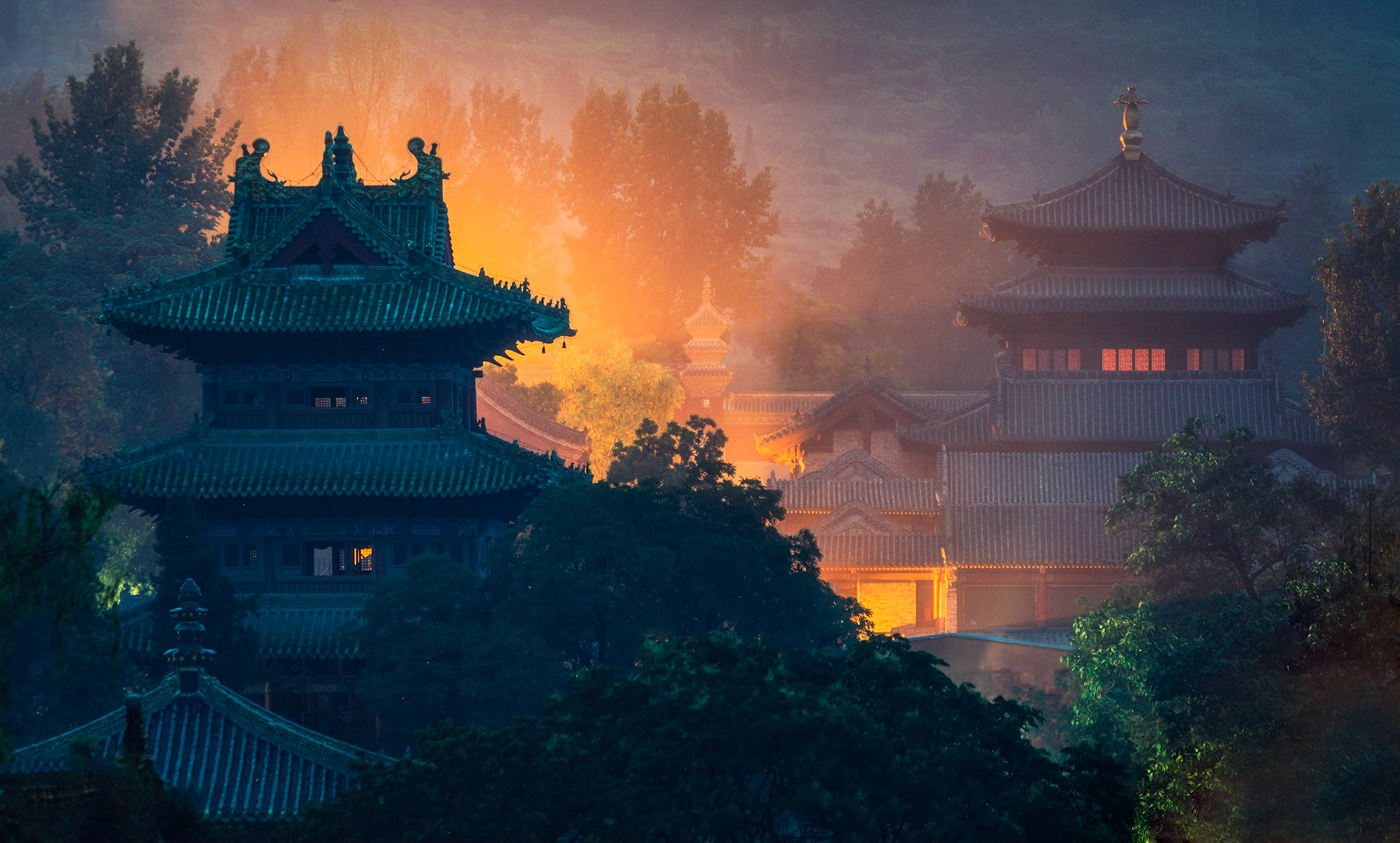
The Legendary Shaolin Temple: A Journey into the Heart of Kung Fu
The Way of Kung Fu in Shaolin Temple: Mastering the Art of Combat and Discipline
The Shaolin Warrior Monks
The Shaolin warrior monks are legendary for their exceptional martial arts skills and unwavering discipline. Through rigorous training regimens that combine physical conditioning, meditation, and the study of ancient combat techniques, these monks have mastered the art of Kung Fu, becoming living embodiments of the Shaolin spirit.
The Training Grounds
The Shaolin Temple boasts several training grounds where aspiring students and seasoned practitioners alike can hone their martial arts skills. From the iconic Courtyard of the Thousand Steps, where endurance and leg strength are tested, to the secluded practice halls, each area offers unique challenges and opportunities for growth.
The Shaolin Kung Fu Styles
The Shaolin Temple is renowned for its diverse array of Kung Fu styles, each with its own unique characteristics and techniques. Some of the most famous styles include the powerful and explosive Shaolin Quan, the graceful and flowing Shaolin Wushu, and the acrobatic and daring Shaolin Pole techniques.

The Legendary Shaolin Temple: A Journey into the Heart of Kung Fu
Spiritual Enlightenment: The Buddhist Essence of Shaolin
The Dharma Hall
At the heart of the Shaolin Temple lies the Dharma Hall, a sacred space where monks gather for Buddhist teachings, meditation, and spiritual cultivation. This hall serves as a reminder of the temple’s deep-rooted Buddhist traditions and the pursuit of enlightenment that transcends physical prowess.
Chan Buddhism and Meditation
The Shaolin Temple is closely associated with Chan Buddhism, a school of thought that emphasizes the practice of meditation and the direct realization of one’s true nature. The monks engage in various forms of meditation, including seated meditation, walking meditation, and even meditative forms of Kung Fu, as a means to cultivate inner peace, clarity, and spiritual wisdom.
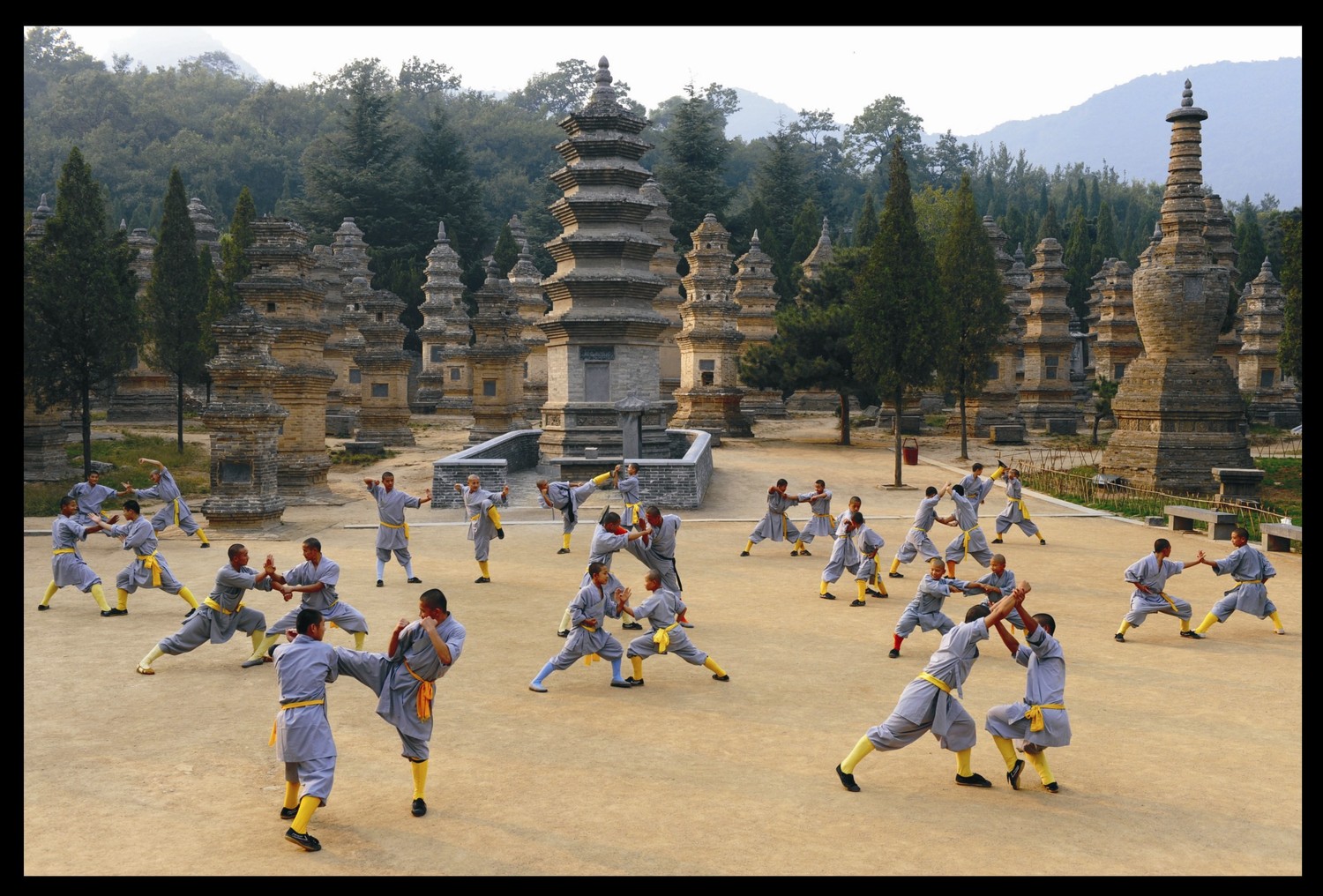
The Legendary Shaolin Temple: A Journey into the Heart of Kung Fu
The Vegetarian Cuisine
In keeping with Buddhist principles of compassion and non-violence, the Shaolin Temple is renowned for its exquisite vegetarian cuisine. The temple’s kitchens serve up a delectable array of dishes made from fresh, locally sourced ingredients, showcasing the harmonious balance of flavors and nutritional value that characterizes Shaolin culinary traditions.

Shaolin in the Modern World: Preserving a Legacy
Cultural Ambassadors in Shaolin Temple
Today, the Shaolin Temple serves as a cultural ambassador, promoting the ancient art of Kung Fu and the principles of Chan Buddhism to a global audience. Shaolin monks have traveled worldwide, performing demonstrations, conducting workshops, and sharing their knowledge and expertise with enthusiasts and practitioners alike.
Tourism and Commercialization
The popularity of the Shaolin Temple has also brought about a degree of commercialization, with visitors flocking to witness the spectacle of Kung Fu performances, purchase Shaolin-themed merchandise, and even enroll in training programs. While this has raised concerns about the commodification of a sacred tradition, it has also helped to sustain the temple’s operations and ensure the preservation of its cultural heritage.
Passing the Torch
As the Shaolin Temple continues to evolve, its legacy is being passed down to a new generation of monks and practitioners. Through rigorous training programs and a commitment to upholding the authentic teachings and traditions, the temple strives to ensure that the essence of Shaolin Kung Fu and Chan Buddhism remains intact, inspiring future generations to embark on their own journeys of self-discovery and enlightenment.
Whether you are a martial arts enthusiast, a spiritual seeker, or simply a lover of history and culture, the Shaolin Temple offers a captivating and transformative experience. As you wander through its hallowed halls and witness the awe-inspiring feats of the warrior monks, you cannot help but be inspired by the enduring spirit of Shaolin – a spirit that has transcended centuries, defied adversity, and continues to captivate the hearts and minds of people worldwide.


